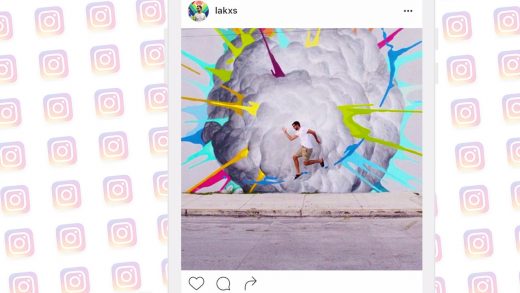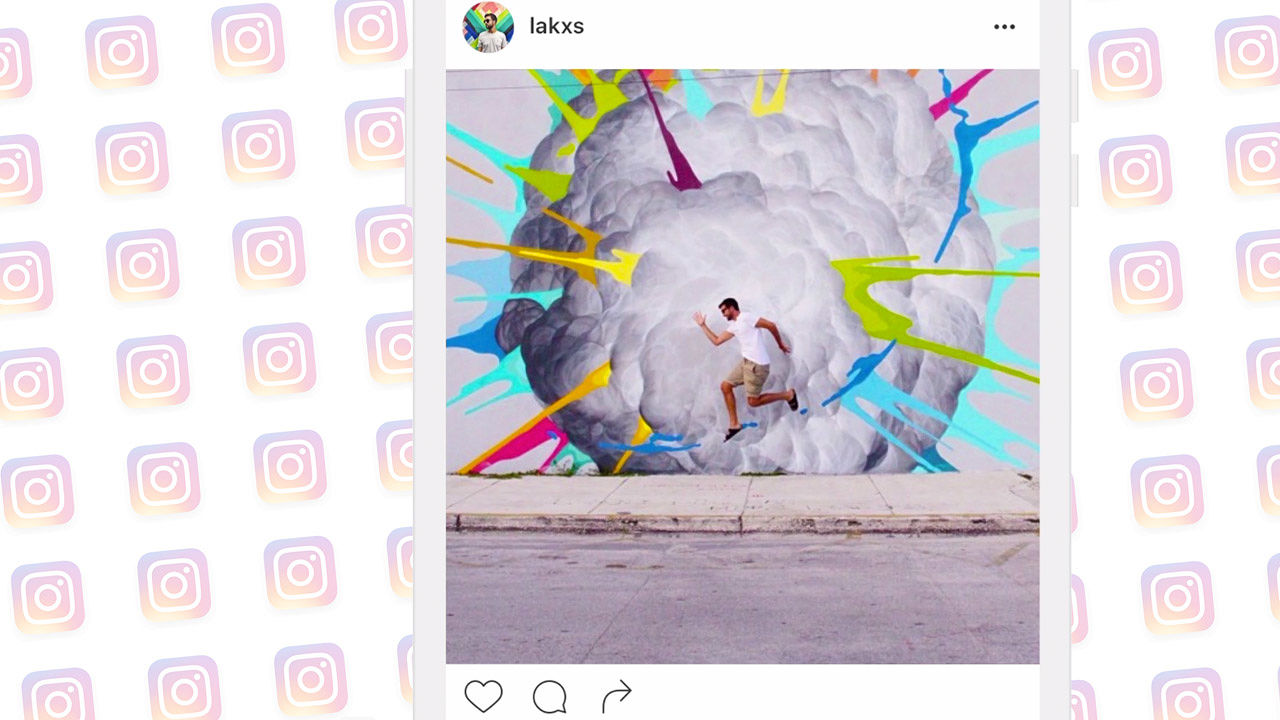How Instagram Thrived To 500 Million Users While Others Struggle To Grow
I hope this isn’t too personal, but I need to fess up about something: I have an addiction. It’s nothing life-threatening or even all that serious, but I realized recently just how long it’s been going on. For nearly six years, my brain has routinely been flooded with hits of dopamine from a daily habit that I just can’t seem to kick. My drug of choice? This is kind of embarrassing. But it’s Instagram.
Now, lest I be accused of making light of the devastation caused by real-life, physical addiction to drugs or alcohol, hear me out: Social apps might not be deadly, but they certainly are addictive. They’re designed that way. And the scientific evidence that social media activates the brain’s pleasure circuitry much like real drugs do just keeps piling up like a mound of cocaine at a rich frat kid’s birthday party. Here in the age of ubiquitous smartphones, we each have our mindless vices of choice. For me, Instagram just happens to be the most rewarding one.
As it turns out, I’m not alone. Today, Instagram announced that it now has 500 million monthly active users. Of all those people sharing and scrolling through each other’s photos, a full 300 million of them use the app every day. That’s only 10 million less than the number of people who use Twitter every month. On average, Instagram users upload more than 95 million photos and videos every day. And we’re loving it: Collectively, we tap the “like” button on Instagram 4.2 billion times per day. We’re hooked.
While some social networks struggle to keep their user growth climbing after the initial buzz has worn off (see: Twitter and Foursquare), Instagram has had no trouble at all. In fact, the app’s user base has actually doubled in the last two years.
So what is it about Instagram that keeps reeling in tens of millions of people and ensuring that so many of us keep scrolling and tapping? Some of the reasons are obvious: Instagram’s expansion from iOS to other mobile platforms like Android and Windows Phone certainly helped push these numbers up. Heck, even the continued growth in smartphone ownership in general probably has a natural trickle-down effect (especially as Instagram retains enviably high rankings in the app stores, allowing its popularity to feed off of itself).
Without a doubt—despite plenty of naysaying at the time—Facebook’s $1 billion acquisition of Instagram in 2012 has been a huge boon for growth: Not only does it enjoy a tighter integration with the world’s largest social network (boosting Instagram’s exposure among Facebook’s 1 billion daily active users), but being owned by Facebook means a huge expansion in resources. At the time of its acquisition, Instagram only had 13 employees. Today, a much larger team of engineers, designers, and product specialists are able to help the app keep scaling. In 2014, engineers quietly migrated all of Instagram’s content from Amazon’s cloud hosting to Facebook’s own data centers, allowing the growing photo app to piggyback on technical infrastructure designed to support billions of users, countless features and, most importantly, rapid continuous scale.
Even something as simple as user experience research—something in which Facebook is very well versed—can have a significant impact on the usability and performance of an app like Instagram, thereby preventing a knee-jerk exodus of frustrated users to other, more responsive apps.
Seemingly small details can make a big difference. In a recent meeting with members of Instagram’s Android development team in New York City, I was told that the service’s Android app takes up about as much space on one’s phone as it did when the app first debuted, despite a litany of new features being added. That may sound mundane, but it’s important: An app with a smaller footprint can fit on more phones, including less sophisticated ones or devices with smaller storage space. Things like this can make a bit difference, especially in regions of the world where not everyone is carrying around an iPhone 6s with 64 gigabytes of storage. Notably, 80% of Instagram’s user base resides outside the United States.
Despite being gobbled up by a publicly traded tech giant, Instagram’s mission and focus didn’t change much. Certainly, the product wasn’t butchered as many feared would happen at the time of the acquisition. And while some changes have proven controversial—many weren’t thrilled when Instagram added advertisements or axed Foursquare’s place database for its location tags—a great deal of Instagram’s success is owed to the fact that Facebook simply did not screw it up. That may sound like a no-brainer, but it happens: Foursquare’s 2014 decision to split its location-based social app into two apps sparked a steep decline in usage from which the company is still recovering.
That isn’t to say that Instagram hasn’t changed. In addition to an evolving list of photo filters (and, to a keen eye, an obvious change in how they affect images), Instagram has added support for video, smarter photo discovery features, and more full-fledged photo-editing capabilities, to name a few things. They’ve also launched stand-alone apps like Hyperlapse for time lapse videos, Boomerang for short, looped animations, and Layout for piecing together collages of photos. Breaking these features into their own apps may seem like an odd product choice—it clearly trickles down from Facebook’s DNA—but it also keeps the core Instagram app lightweight and snappy to use.
Of course, a social app isn’t a social app without its community. Instagram has become home to many of those: First, photographers. Then foodies, fashionistas, celebrities of various stripes, and—perhaps just as importantly—an army of millennials hell-bent on oversharing their every mirror selfie. Bizarrely enough, some of these teenage selfie-snappers have become minor celebrities in their own right. Indeed, Instagram’s growth is surprising in light of an evolving social media landscape: Why, for instance, hasn’t Snapchat replaced Instagram among younger users, or at least eaten into Instagram’s usage numbers? Why did Flickr never pose a threat? With Facebook (photo-sharing capabilities and all) being the social network of choice for over 1 billion people, why do so many bother with a separate app for photos?
Whatever the reasons for Instagram’s counterintuitive success, it appears to be here to stay. But who knows? Maybe it will look very different a year from now. In the meantime, I’ll be over here, snapping my cat, picking just the right filter and waiting for the likes to roll in. Who knows why? I just can’t get enough of it.
Instagram’s founder Mike Krieger on why a small team isn’t always a good thing:
Fast Company , Read Full Story
(13)



